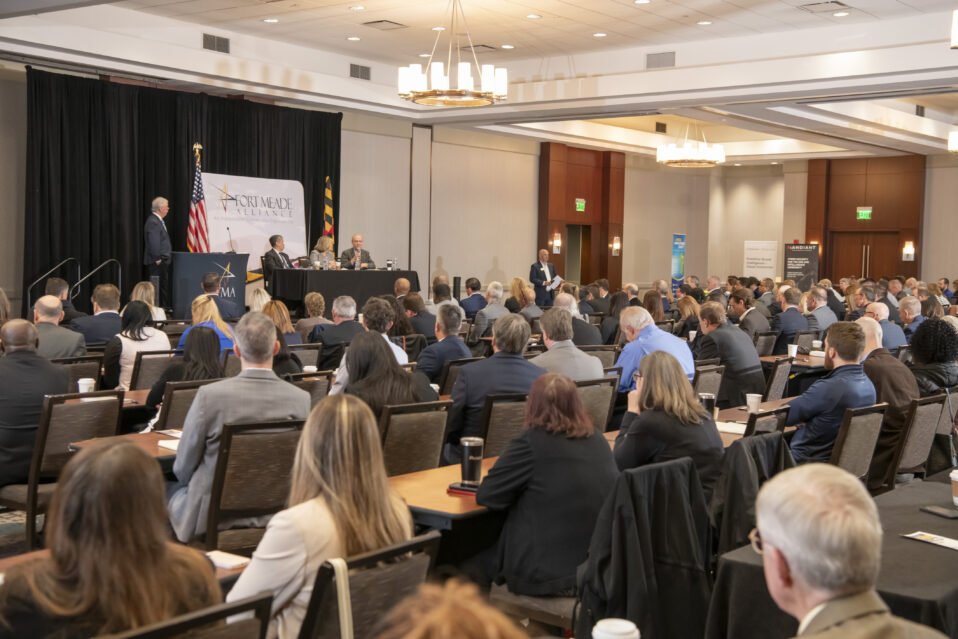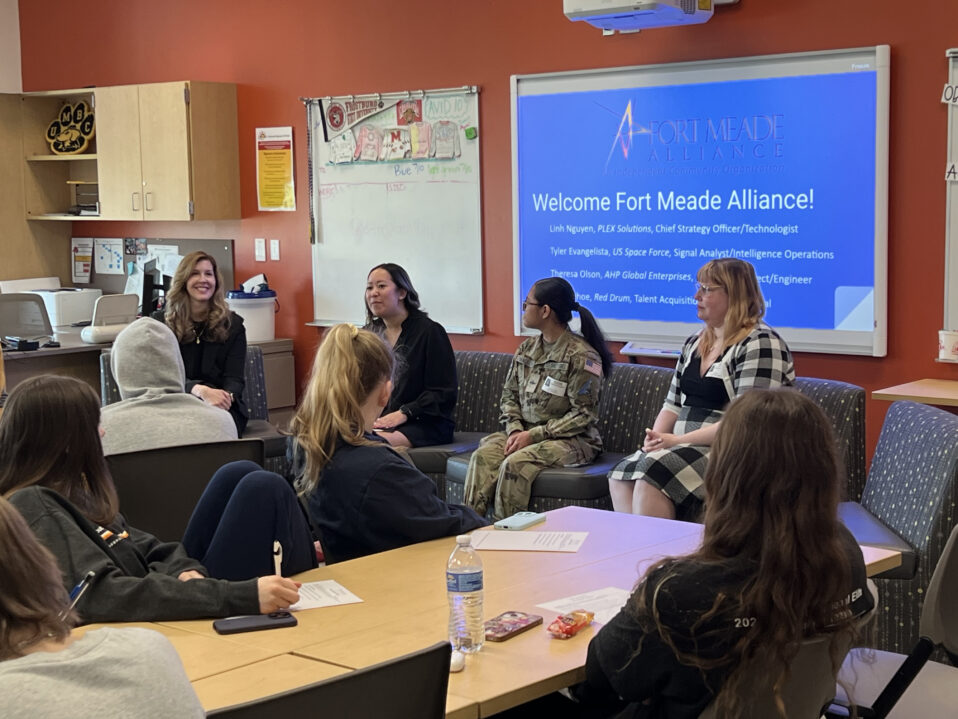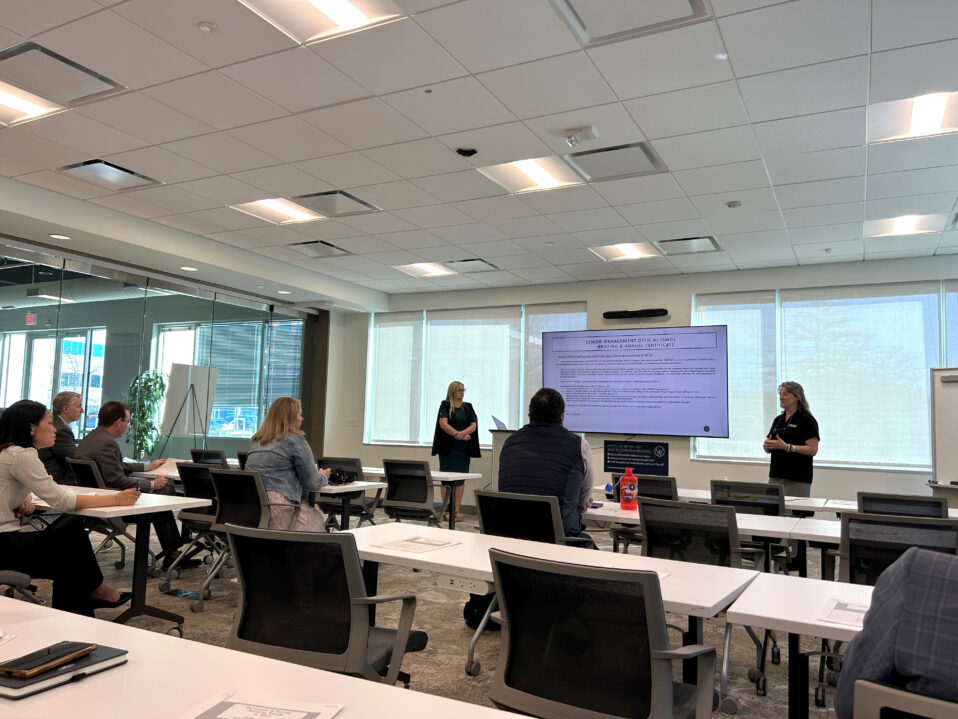 Anne Arundel County Public Schools (AACPS) has partnered with the Fort Meade Alliance (FMA) and Anne Arundel Economic Development Corporation (AAEDC) to develop a new program that will allow high school students to take existing projects to the next level.
Anne Arundel County Public Schools (AACPS) has partnered with the Fort Meade Alliance (FMA) and Anne Arundel Economic Development Corporation (AAEDC) to develop a new program that will allow high school students to take existing projects to the next level.
The new program, called STEMOVATION, gives select juniors at three local high schools who are enrolled in the Science, Technology, Engineering and Mathematics (STEM) and Bio-Medical Allied Health (BMAH) programs the opportunity to earn additional funding and mentorship for their Community Challenge project. As part of the Community Challenge, students work in pairs or teams to solve a challenge provided by a community mentor.
Moving into senior year, these students go on to complete a Capstone Project, which sometimes serves as an extension of their Community Challenge.
Both experiences are meant to showcase student talent and what they have learned throughout the program.
“The skills that we put in place their freshman and sophomore year meticulously align and set them up for success in their junior and senior year,” says Tim Johnson, the STEM/BMAH High School Teacher Specialist for the Office of Advanced Studies and Programs.
Not only do the STEM and BMAH programs provide students specific training in these fields, but they also develop students public speaking, presentation skills and professionalism.
Though the schools provide initial funding and resources to students, over time, they have found that there are a handful of exceptional Community Challenges and Capstone Projects each year that would benefit from additional funding and/or mentorship outside of the district’s means. The amount of additional funding needed typically ranges from $500 to $1,500.
Given the diversity within the STEM and BMAH programs, sourcing material gets harder the farther down the socio-economic ladder you go. In the past, students have resorted to online fundraising efforts to crowdsource the money needed – and they weren’t always successful, resulting in projects that were great, but left the question: what could have been?
Through STEMOVATION, students will compete for needed resources, ensuring that top projects can move forward – and potentially become something even bigger.
STEMOVATION will not only provide monetary and mentoring resources to students, but will also provide educators the opportunity to assess the skills students have gained through the magnet program.
“The true test of whether [students] have developed [public speaking, presentation and professionalism] in their four years of STEM is if they can transfer those skills outside to a real-world professional setting,” Johnson said.
AAEDC sees potential in a program like this, giving the county agency the opportunity “to shore up support for the entrepreneur” at the high school level, according to Rosa Cruz, AAEDC’s Vice President of Communications.
In addition to monetary awards, the FMA will ask members to contribute time and expertise to students as mentors. Johnsons notes, “while financial contributions to support projects are greatly appreciated, a lot of times that is not necessarily what kids need.” Connecting students “with the right mentor who can help them see the project through” can be as beneficial, if not more so than a financial award, given the connections and networking “human capital” can provide a young student.
To learn more about how you can support students through STEMOVATION, contact Jenn Munt, the FMA Education & Workforce Director at jmunt@ftmeadealliance.org.



